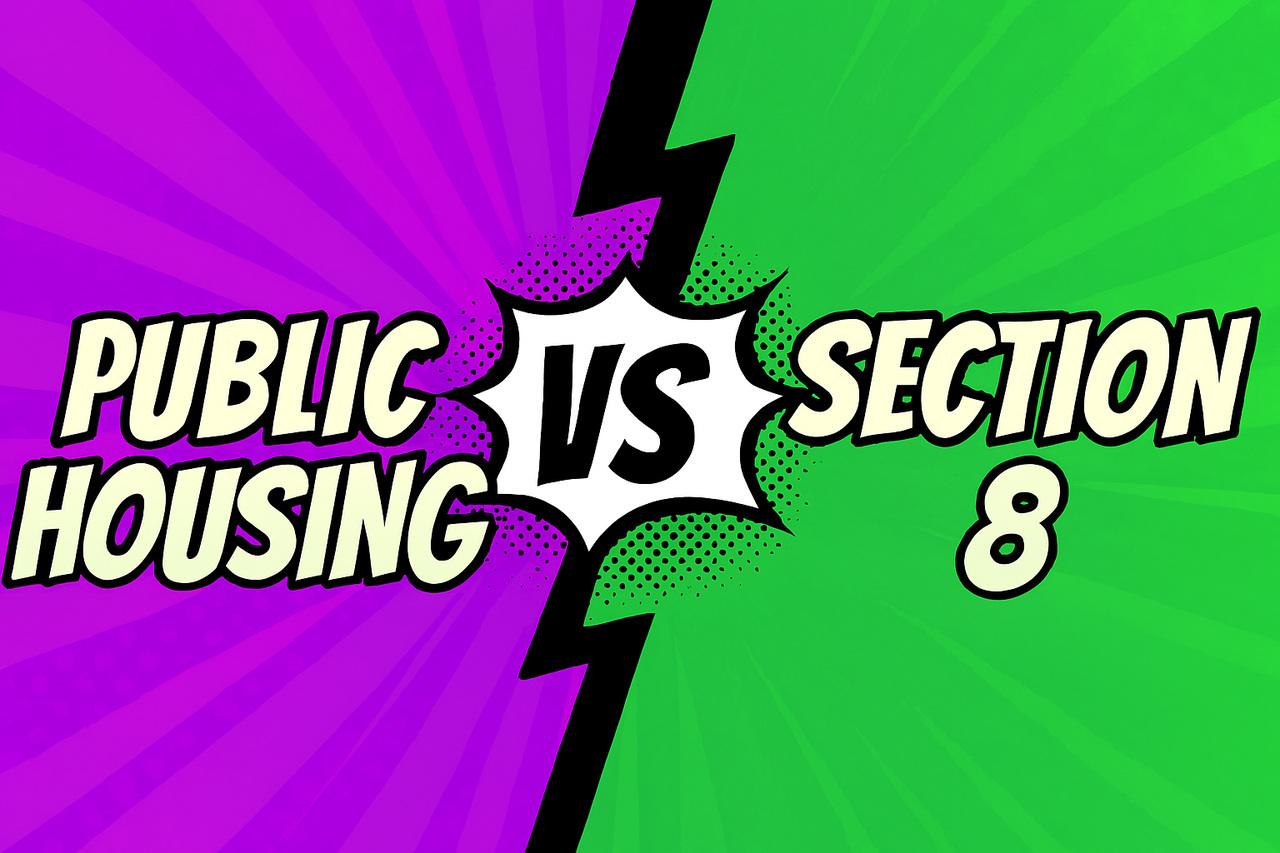Affordable housing in the United States isn’t a single solution. It’s a network of programs, each with its own rules, benefits, and limitations. Two of the most widely used options are Public Housing and Section 8. These are often mentioned together, but they operate in very different ways. Choosing between them depends on your needs, preferences, and local availability.
Both programs are managed by local Public Housing Agencies (PHAs) and funded by the U.S. Department of Housing and Urban Development (HUD). They aim to help low-income individuals, families, seniors, and people with disabilities access safe and stable housing. But how they deliver that support, and what it means for you varies significantly.
What Public Housing Offers
Public Housing refers to government-owned residential properties. These units are managed directly by local PHAs and are reserved for eligible tenants who pay rent based on their income. Typically, rent is capped at 30 percent of the household’s adjusted gross income.
Tenants in public housing live in designated buildings or developments. The housing authority acts as the landlord, handling maintenance, repairs, and lease enforcement. Units range from single-family homes to apartment complexes, depending on the city and available inventory.
This setup offers predictability. Rent remains consistent regardless of market fluctuations, and tenants don’t need to negotiate with private landlords. However, choice is limited. You must live in a unit assigned by the housing authority, and relocation options are restricted unless you reapply elsewhere.
What Section 8 Vouchers Provide
Section 8, officially called the Housing Choice Voucher Program, works differently. Instead of placing tenants in government-owned units, it provides vouchers that subsidize rent in the private market. You find your own housing, and the voucher covers a portion of the rent and it is usually the difference between what you can afford and the market rate.
Tenants still pay about 30 percent of their income toward rent, but they have more control over where they live. The unit must meet HUD’s safety and affordability standards, and the landlord must agree to participate in the program.
This flexibility allows families to move closer to work, school, or support networks. The voucher is also portable, meaning you can relocate to another city or state and still receive assistance, provided the new area has a participating housing authority.
How to Decide What Fits You Best
Choosing between Public Housing and Section 8 isn’t just about program rules. It’s about how each option fits into your life.
Start by asking yourself what matters most right now. Do you need immediate stability, with fewer variables to manage? Public Housing may offer that. You won’t have to search for a landlord or worry about market rent increases. The housing authority handles the property, and your rent stays predictable.
On the other hand, if location matters Section 8 may be more appealing. You’ll have to do more legwork to find a qualifying unit, and not every landlord accepts vouchers. But the freedom to choose your neighborhood can be a major advantage, especially if you’re trying to improve access to transportation, education, or safety.
Availability also plays a role. Some cities have long waitlists for both programs. Others may have openings in one but not the other. It’s worth applying to both if possible and checking with your local housing authority for updates. Ask whether they offer housing navigation support or can connect you with nonprofits that assist with applications.
Your household situation matters too. Seniors and individuals with disabilities may benefit from the consistency and support services often found in public housing developments. Families with school-aged children might prioritize neighborhood choice, making Section 8 a better fit.
Final Thoughts
Public Housing and Section 8 serve the same purpose: helping people afford a safe place to live. But they do it in different ways.
Whether you’re just starting your search or already on a waitlist, staying informed and prepared can make the process smoother. Housing support is out there. The key is knowing which path fits your life and taking steps to pursue it.


Leave a Reply